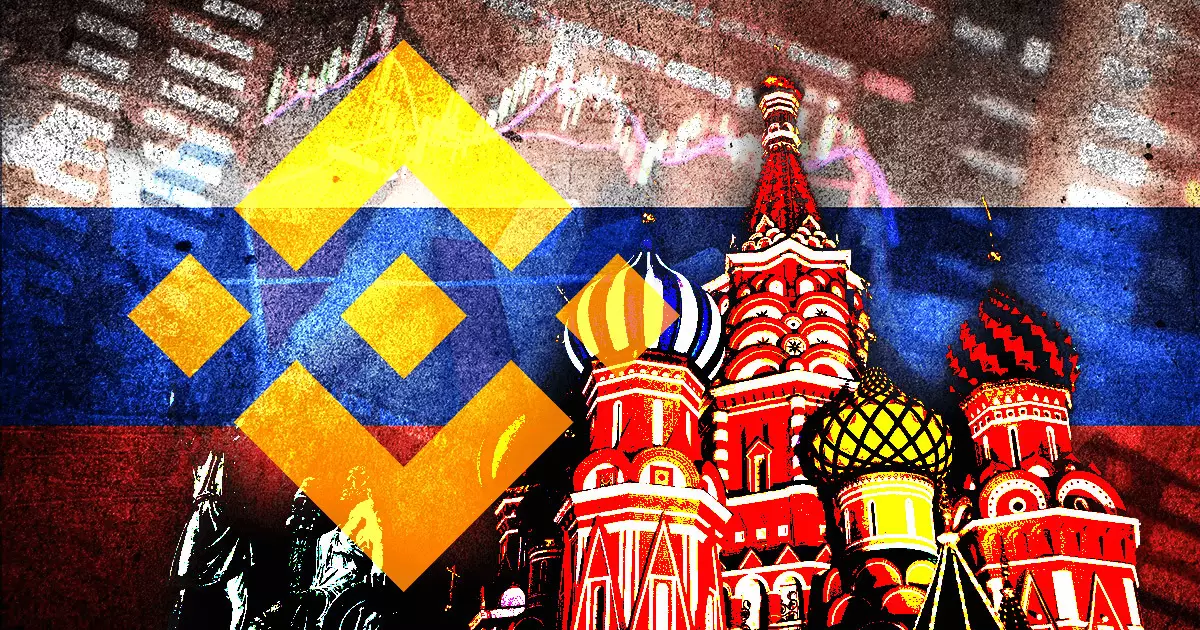Binance, one of the largest cryptocurrency exchanges, has faced criticism recently for its handling of sanctioned Russian banks on its peer-to-peer (P2P) trading service. The company has now taken action by removing five banks from its platform. Binance claims to prioritize compliance with local and global regulatory standards, and it promptly addresses and remediates any identified issues. In this article, we will delve into the controversy surrounding Binance’s decision and analyze the implications for its P2P trading service.
The Controversy Surrounding Russian Banks
On August 22, The Wall Street Journal reported that Binance allowed peer-to-peer trading involving Russian banks that were subject to sanctions. This sparked concern and raised questions about Binance’s compliance policies. Moreover, Binance volunteers allegedly advertised the absence of Russian trading restrictions on social media platform Telegram. These incidents brought the company’s practices under scrutiny, prompting further investigation into the matter.
Binance’s Response and Actions Taken
In response to the mounting controversy, Binance took swift action by removing the sanctioned Russian banks from its P2P trading service. The company emphasized its commitment to maintaining compliance with regulatory standards and promptly addressing any gaps that are brought to its attention. Binance has a comprehensive system in place to ensure that payment methods align with its compliance policies. The removal of these banks signifies Binance’s dedication to adhering to international regulations and mitigating any potential risks associated with non-compliant activities.
The Wall Street Journal identified Rosbank as one of the delisted and sanctioned banks. However, it remains unclear which other Russian banks were initially present on Binance’s P2P trading platform or have been subsequently removed. Reports from Russian media surfaced, suggesting that Binance altered the names of certain bank options to conceal their sanctioned status. For instance, the Russian majority state-owned Sberbank and the branchless neobank Tinkoff were displayed as “green local card” and “yellow local card,” respectively. These name changes seem to match the respective logo color schemes of the two banks, raising concerns about transparency and compliance practices.
While Binance has removed the sanctioned banks, it continues to support several other Russian banks that are either not sanctioned or only partially sanctioned on its P2P exchange. Users can still utilize 16 Russian payment methods, including major banks like Russian Standard Bank, Home Credit Bank, and Raiffeisenbank. Additionally, non-bank transfers can be made through payment processors such as Payeer and Advcash. It is worth noting that Binance’s P2P policies differ from its main exchange policies, which have also undergone recent liberalization. Previously, Binance imposed a €10,000 limit on Russian accounts in April 2022, but this restriction was lifted in April 2023.
The removal of sanctioned Russian banks from Binance’s P2P trading service showcases the exchange’s commitment to compliance and addressing regulatory concerns promptly. While controversy initially surrounded Binance’s handling of these banks and the alleged renaming of certain options, the company has taken steps to rectify the situation. As Binance continues to evolve its policies and strive for regulatory alignment, users can expect a more transparent and compliant trading environment.


Leave a Reply